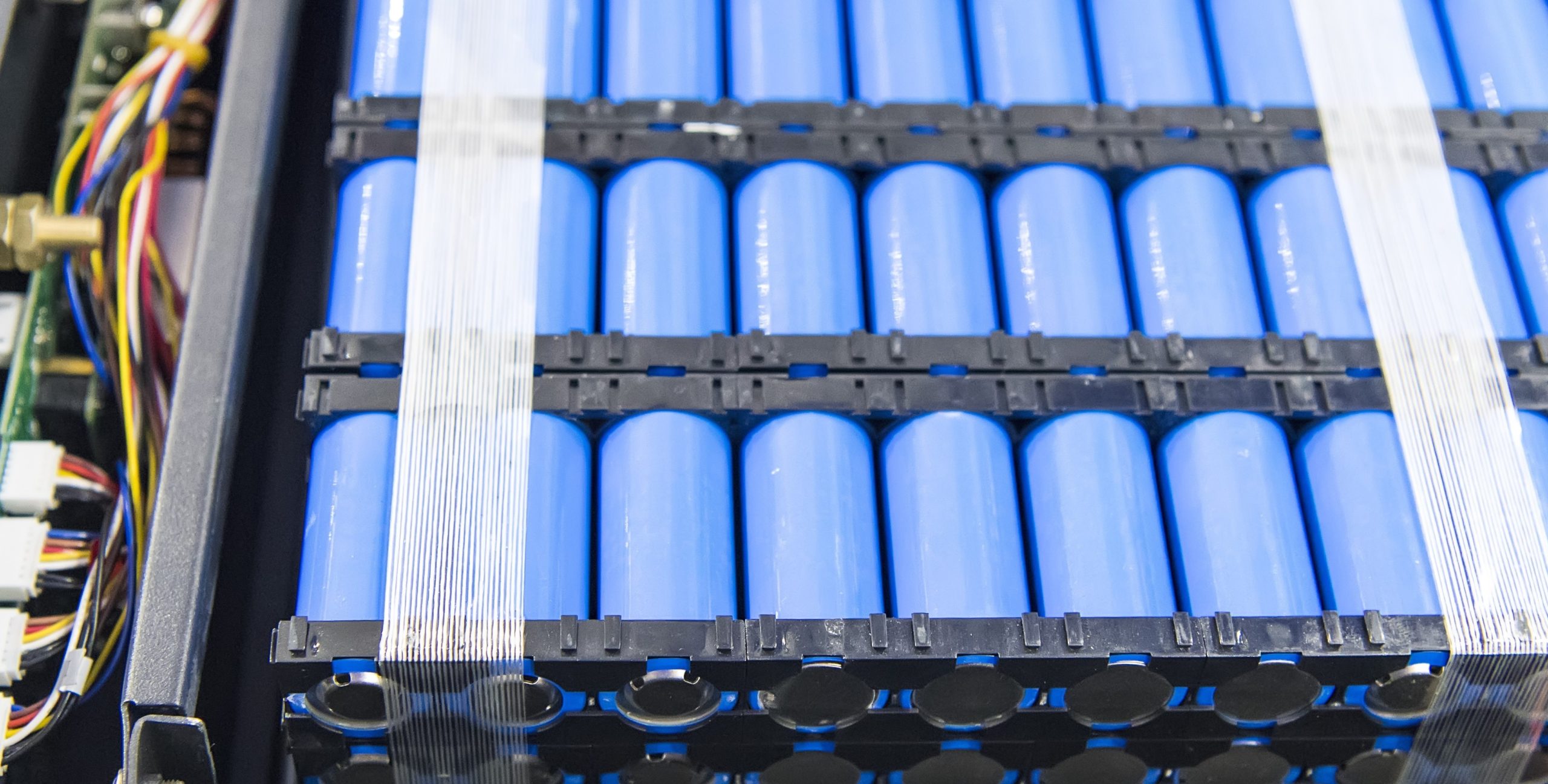
ALWAYS stay away from tanks engulfed in fire. Withdraw immediately in case of rising sound from venting safety devices or discoloration of tank.


Cool containers with flooding quantities of water until well after fire is out. Also, see ERG Guide 170.įIRE INVOLVING TANKS OR CAR/TRAILER LOADS: Fight fire from maximum distance or use unmanned master stream devices or monitor nozzles. If it can be done safely, move undamaged containers away from the area around the fire.įIRE INVOLVING METALS OR POWDERS (ALUMINUM, LITHIUM, MAGNESIUM, ETC.): Use dry chemical, DRY sand, sodium chloride powder, graphite powder or class D extinguishers in addition, for Lithium you may use Lith-X® powder or copper powder. LARGE FIRE: DRY sand, dry chemical, soda ash or lime or withdraw from area and let fire burn. SMALL FIRE: Dry chemical, soda ash, lime or sand. A truck, which was carrying lithium batteries, sodium dithionite and derivatives of cyanide, caught fire multiple explosions occurred as the cargo was exposed to the air.Įxcerpt from ERG Guide 138 :
#Lithium element plus
Les noyaux des deux isotopes stables du lithium (6 Li et 7 Li) comptent parmi les noyaux atomiques ayant l'nergie de liaison par nuclon la plus faible de tous les isotopes stables, ce qui signifie que ces noyaux sont en. C'est un mtal alcalin, situ dans le premier groupe du tableau priodique des lments. The specifics depend on the battery, but lithium-ion. Typically, the batteries transfer electrical charge from a lithium metal cathode through an electrolyte consisting of an organic solvent containing lithium salts over to a carbon anode. The reaction of lithium and ferrous sulfide starts around 260☌ with subsequent rise in temperature to 950☌. Le lithium est l'lment chimique de numro atomique 3, de symbole Li. A lithium battery consists of two electrodes separated by an electrolyte. The product of the reaction between lithium and carbon monoxide, lithium carbonyl, detonates violently with water, igniting the gaseous products. Chlorine vapors and lithium react producing a luminous flame. Maleic anhydride decomposes explosively in the presence of lithium.

Boron trifluoride reacts with incandescence when heated with lithium. Contact with halogenated hydrocarbons can produce extremely violent reactions, especially on impact. Lithium reacts avidly with water to generate gaseous hydrogen and a solution of lithium hydroxide (a caustic). Lithium ion Li+ CID 28486 - structure, chemical names, physical and chemical properties, classification, patents, literature, biological activities, safety. The disposition to ignite of surfaces of molten lithium exposed to any of these gases is increased by the presence of lithium oxides and nitrides. The reactions can become extremely violent at higher temperatures. Burns in air, oxygen, nitrogen, hydrogen, and carbon dioxide.


 0 kommentar(er)
0 kommentar(er)
